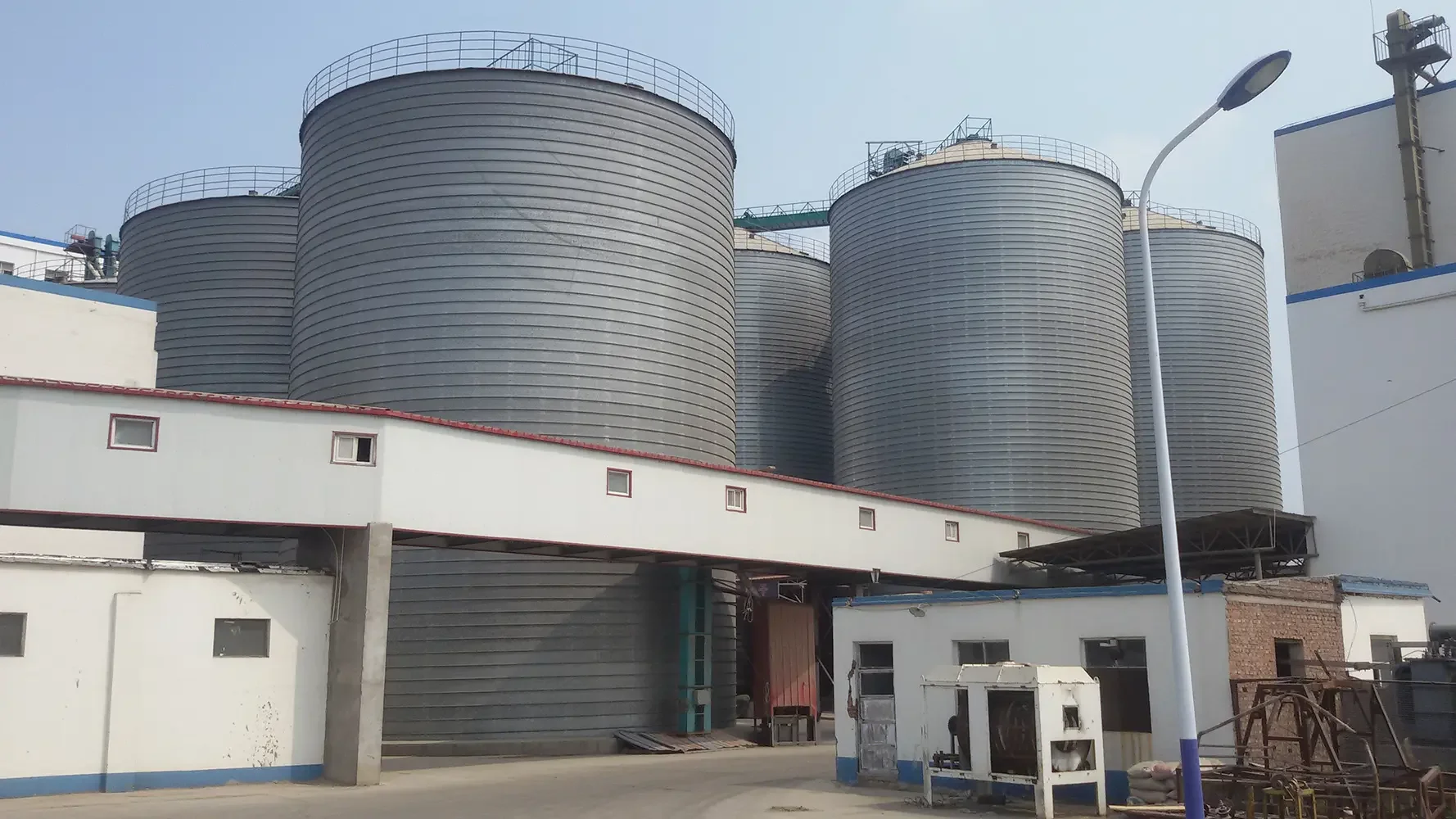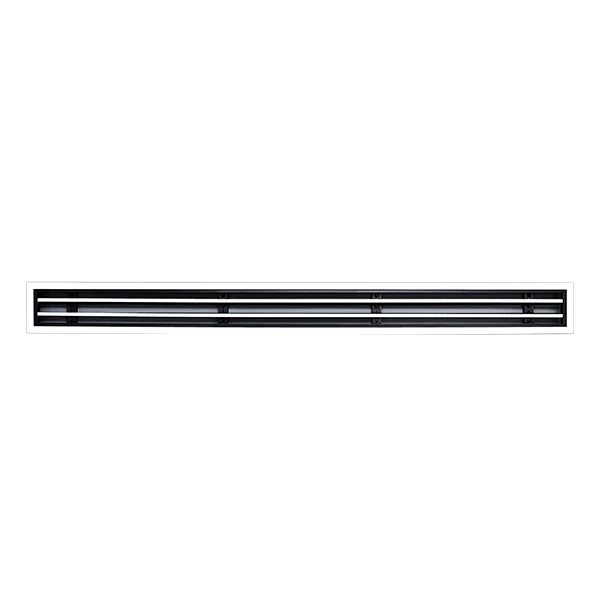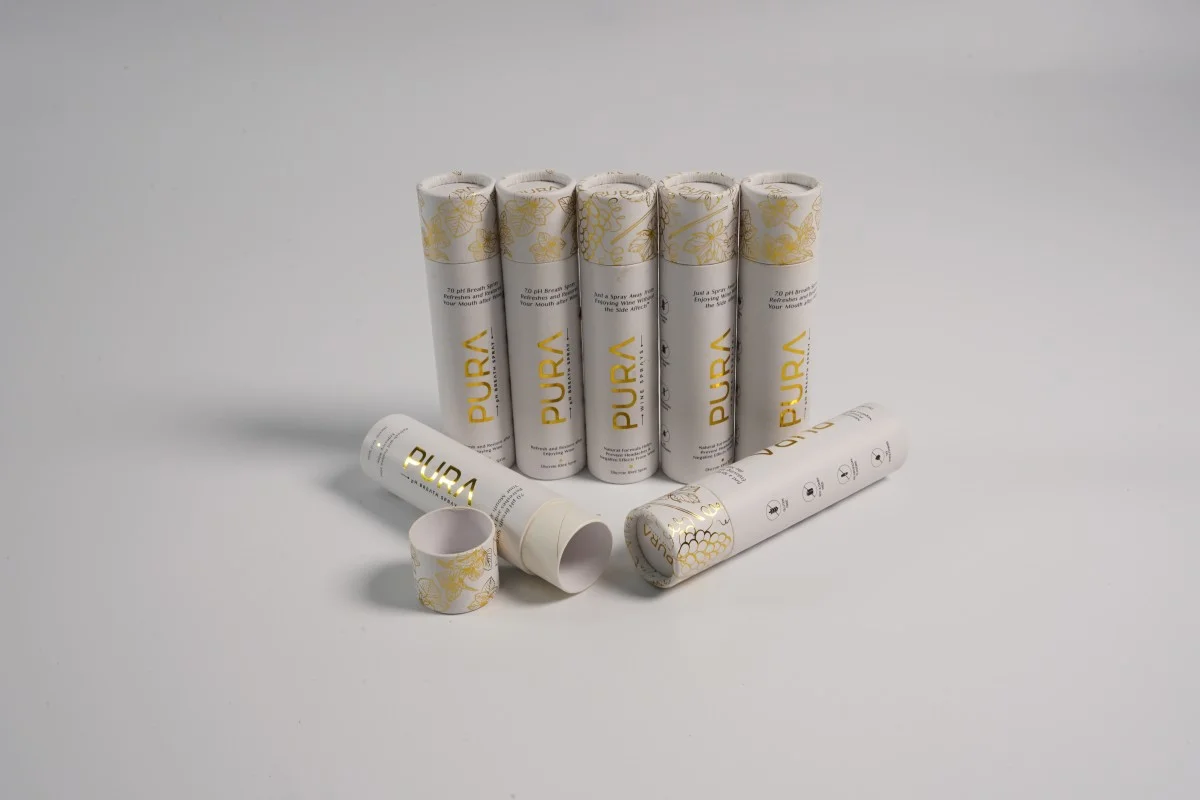When it comes to preserving the quality and safety of meat, packaging plays a crucial role. Among various packaging methods, paper wrapping is a traditional yet effective technique that many butchers and home cooks still rely on. However, a common question arises: How long does paper-wrapped meat last? In this article, we will delve into the factors affecting the shelf life of paper-wrapped meat, best practices for storage, and tips for ensuring optimal freshness.
Understanding Paper Wrapping
Paper wrapping is often preferred for its breathability compared to plastic. This allows moisture to escape, reducing the risk of spoilage and the development of harmful bacteria. The type of paper used—typically butcher paper or parchment—also contributes to the preservation of meat quality. But how does this method stack up against other packaging options in terms of longevity?
Factors Influencing Shelf Life
- Type of Meat: Different meats have varying shelf lives. For instance, fresh beef can last longer than poultry when wrapped in paper. Generally, beef can last 3 to 5 days in the refrigerator, while pork may last 2 to 4 days, and poultry should ideally be consumed within 1 to 2 days.
- Storage Conditions: The environment in which the meat is stored significantly impacts its longevity. Keeping the refrigerator at a consistent temperature of 32°F to 40°F (0°C to 4°C) is crucial. Fluctuations in temperature can lead to bacterial growth, compromising the meat's safety and quality.
- Freshness at Purchase: The initial freshness of the meat at the time of purchase is paramount. Always choose meat that is bright in color, with minimal odor. The fresher the meat, the longer it will last when properly wrapped and stored.
- Handling Practices: Proper handling is essential to extend the shelf life of paper-wrapped meat. Always wash your hands before and after handling raw meat, and use separate cutting boards and utensils to prevent cross-contamination.
Best Practices for Storing Paper-Wrapped Meat
To maximize the shelf life of paper-wrapped meat, consider the following best practices:
- Refrigeration: Store the meat in the coldest part of the refrigerator, ideally in a dedicated meat drawer or on a shelf towards the back, where temperatures are more stable.
- Avoiding Moisture: Ensure that the meat is dry before wrapping it in paper. Excess moisture can lead to spoilage. If the meat appears wet, pat it dry with a paper towel before wrapping.
- Use of Additional Layers: For extended storage, consider wrapping the paper-wrapped meat in aluminum foil or placing it in a breathable container. This adds an extra layer of protection against air exposure while still allowing for some breathability.
- Labeling: Always label your meat with the purchase date. This will help you keep track of its freshness and ensure that you consume it within the recommended time frame.
Signs of Spoilage
Even with proper storage, it's essential to be vigilant about signs of spoilage. Look for the following indicators:
- Color Changes: Fresh meat should have a vibrant color. If it appears dull or has developed a grayish hue, it may be time to discard it.
- Unpleasant Odor: A sour or off smell is a clear sign that the meat has spoiled and should not be consumed.
- Slimy Texture: If the meat feels slimy to the touch, it is likely no longer safe to eat.
Conclusion
In summary, the shelf life of paper-wrapped meat can vary significantly based on several factors, including the type of meat, storage conditions, and handling practices. Generally, paper-wrapped meat can last anywhere from 1 to 5 days in the refrigerator, depending on these variables. By following best practices for storage and being aware of spoilage signs, you can ensure that your meat remains fresh and safe for consumption.






+ There are no comments
Add yours